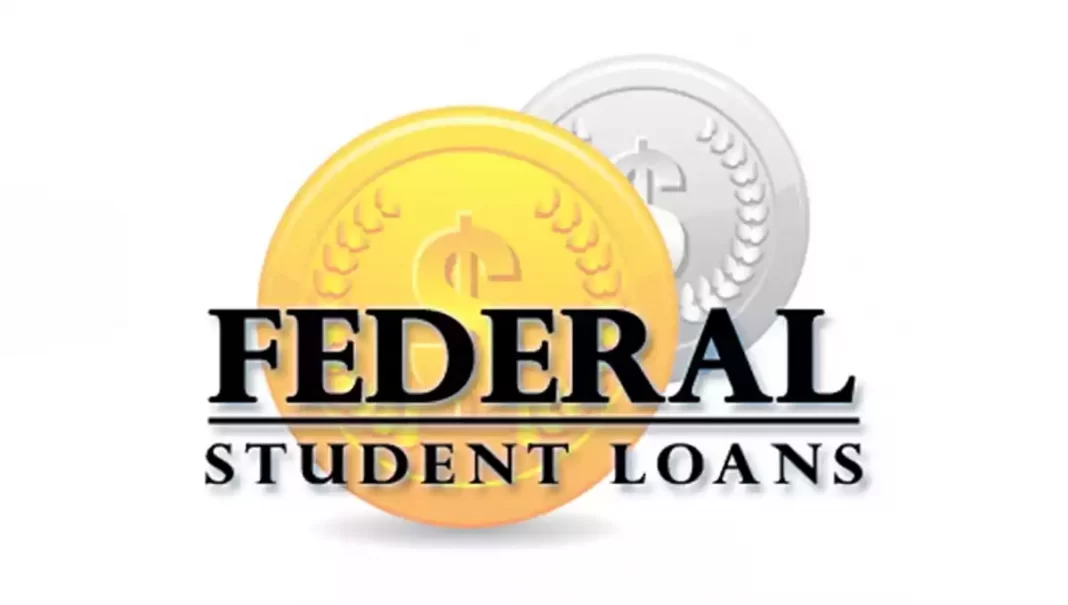If you’re considering taking out federal student loans to pay for college, it’s important to understand the basics. This article provides an overview of federal student loans, including their types, interest rates, repayment options, and more.
Pursuing higher education is an exciting time, but the cost of college can be overwhelming. If you don’t have the funds to pay for college, federal student loans can be a helpful solution. In this article, we’ll explore the basics of federal student loans, including the different types of loans, how to apply for them, and repayment options.
Types of Federal Student Loans:

There are three main types of federal student loans:
- Direct Subsidized Loans: These loans are available to undergraduate students with financial need. The government pays the interest on these loans while you’re in school, during the six-month grace period after graduation, and during periods of deferment.
- Direct Unsubsidized Loans: These loans are available to both undergraduate and graduate students. Unlike subsidized loans, you’re responsible for paying the interest on these loans while you’re in school and during the grace period.
- Direct PLUS Loans: These loans are available to graduate students and parents of undergraduate students. You must have good credit to qualify for these loans, and you’re responsible for paying the interest on the loan from the moment it’s disbursed.
Interest Rates for Federal Student Loan:
Interest rates for federal student loans vary depending on the type of loan you have and when the loan was disbursed. For loans disbursed between July 1, 2021, and June 30, 2022, interest rates are as follows:
- Direct Subsidized Loans and Direct Unsubsidized Loans for undergraduate students: 3.73%
- Direct Unsubsidized Loans for graduate students: 5.28%
- Direct PLUS Loans: 6.28%
Repayment Options for Federal Student Loan:
Federal student loans offer a variety of repayment options to fit your budget and financial situation. Some of the most common repayment options include:
- Standard Repayment Plan: You make fixed payments over a 10-year period.
- Graduated Repayment Plan: You make lower payments at first, then gradually increase them over a 10-year period.
- Income-Driven Repayment Plan: Your monthly payment is based on your income and family size.
FAQs:
Q. How do I apply for federal student loans?
A. To apply for federal student loans, you’ll need to fill out the Free Application for Federal Student Aid (FAFSA). You can do this online at fafsa.ed.gov.
Q. Do I need to make payments while I’m in school?
A. It depends on the type of loan you have. With Direct Subsidized Loans, the government pays the interest while you’re in school, so you don’t need to make payments. With Direct Unsubsidized Loans and Direct PLUS Loans, you’re responsible for paying the interest while you’re in school.
Q. What happens if I can’t make my loan payments?
A. If you’re having trouble making your loan payments, you should contact your loan servicer right away. They can help you explore your options, such as changing your repayment plan or applying for deferment or forbearance.
Conclusion:
Federal student loans can be a great way to finance your education, but it’s important to understand the basics before you borrow. By familiarizing yourself with the types of loans, interest rates, and repayment options, you can make informed decisions about your financial future. If you have any questions about federal student loans, be sure to contact your loan servicer or the Department of Education for more information.





